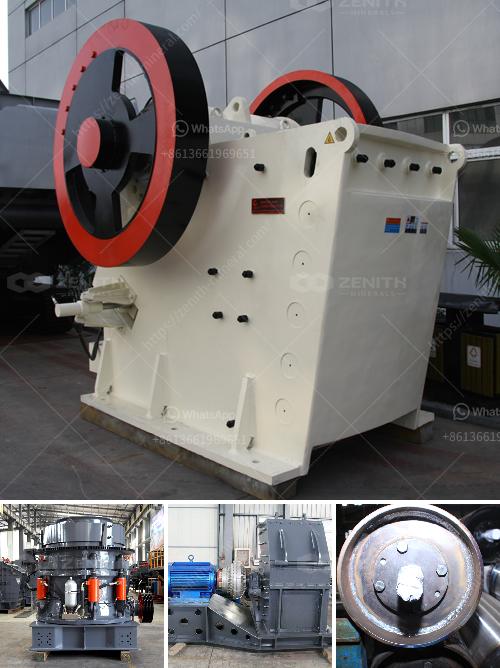A mine crusher is designed to break down large rocks into smaller, manageable pieces. Here’s a general overview of how it operates:
Feeding: Raw materials are fed into the crusher, typically using heavy machinery or conveyor systems. The size and type of feed material depend on the type of crusher and the requirements of the operation.
Crushing Mechanism:
Reduction Process: The crushers break the input material into smaller, desired sizes through mechanical pressure, impact, or a combination of both. The reduction ratio varies depending on the crusher type and the application's requirements.
Discharge: The crushed material is discharged from the crusher. Depending on the crusher type and configuration, it might be transported via conveyor belts to further processing stages, storage areas, or directly to the next piece of equipment in the processing line.
Processing Cycle: Depending on the size and hardness of the materials being crushed, this cycle might be repeated multiple times, with materials passing through multiple crushers of various types and stages.
Control & Monitoring: Modern crushers are often equipped with control systems that allow operators to monitor performance parameters and make adjustments as needed. This can include adjusting the gap between crushing surfaces, changing the speed, or reconfiguring the system for different materials.
Regular maintenance is crucial to ensure efficient operation, including checking wear parts, lubrication, and machine integrity. Each type of crusher has specific maintenance needs to keep it running optimally.

